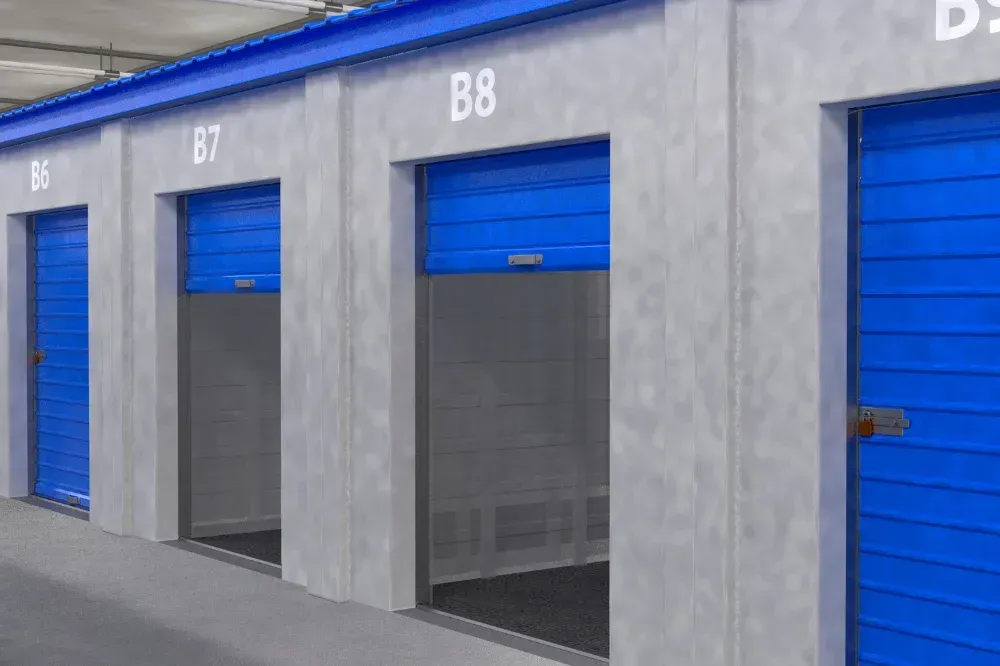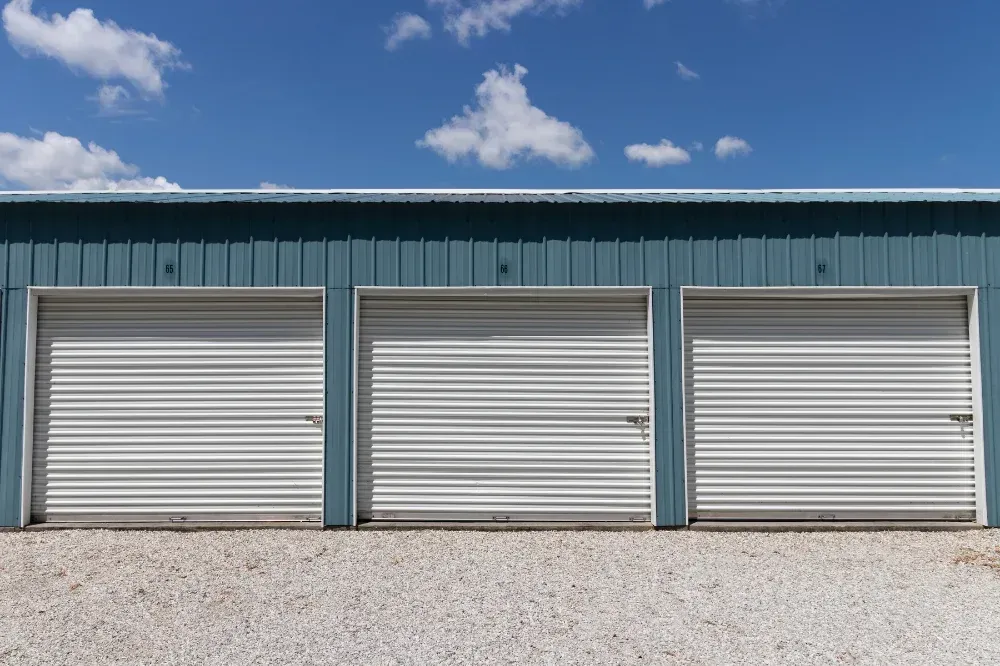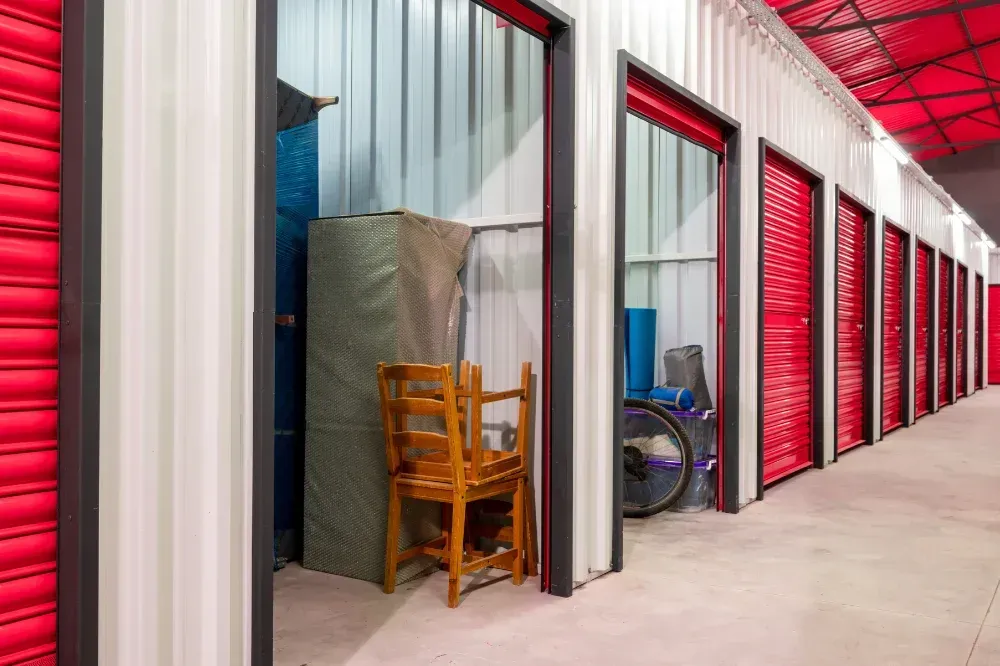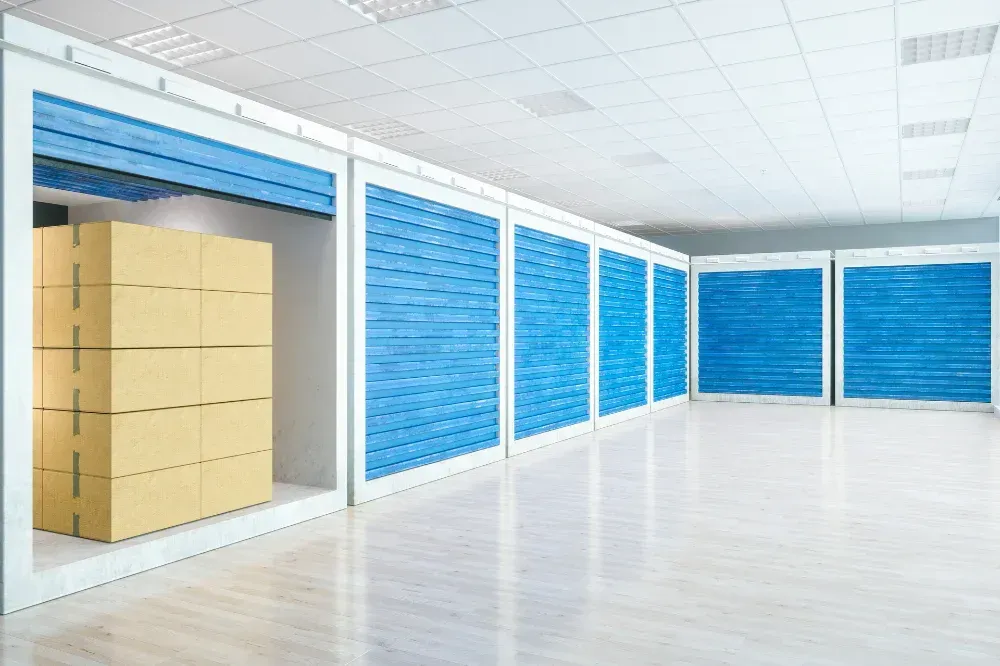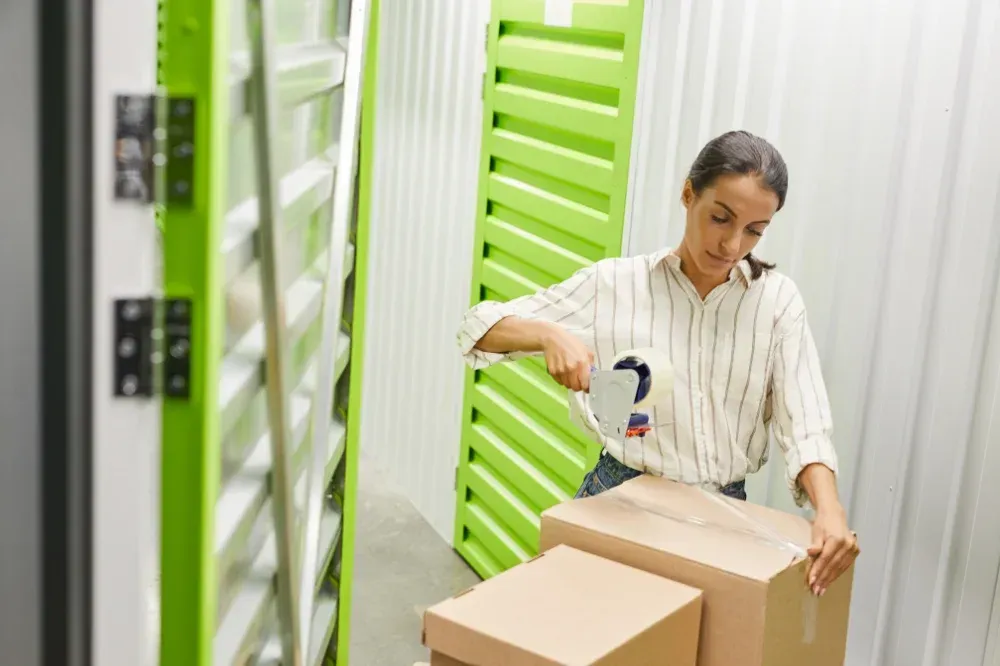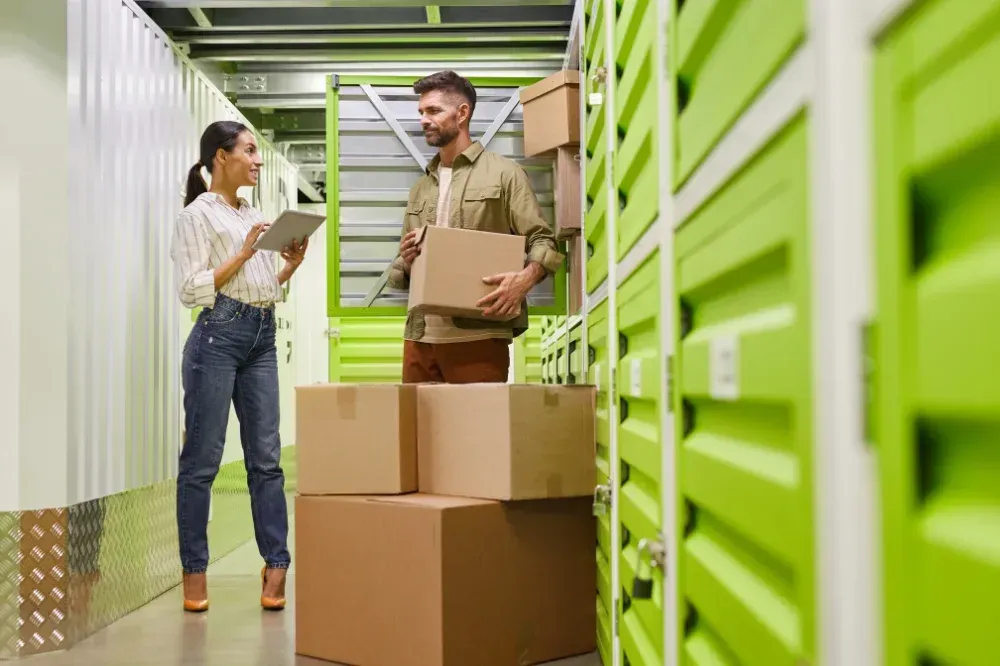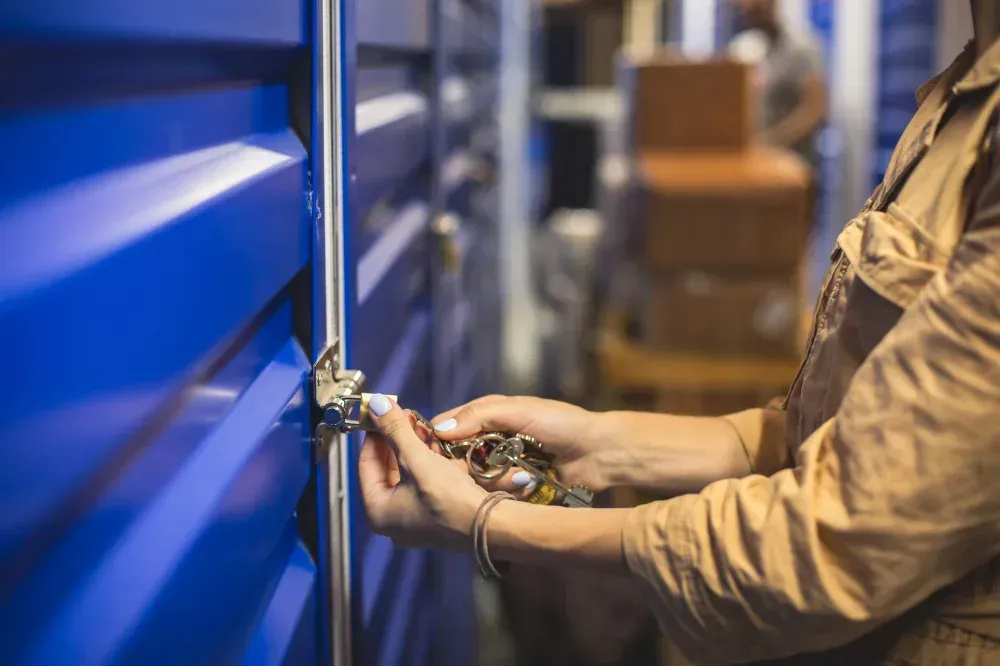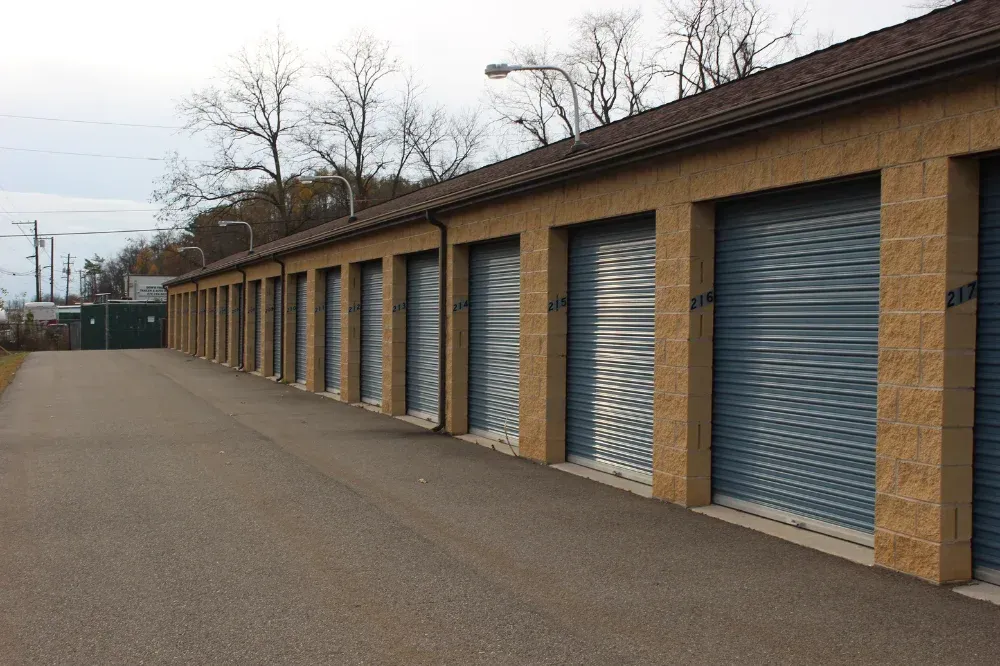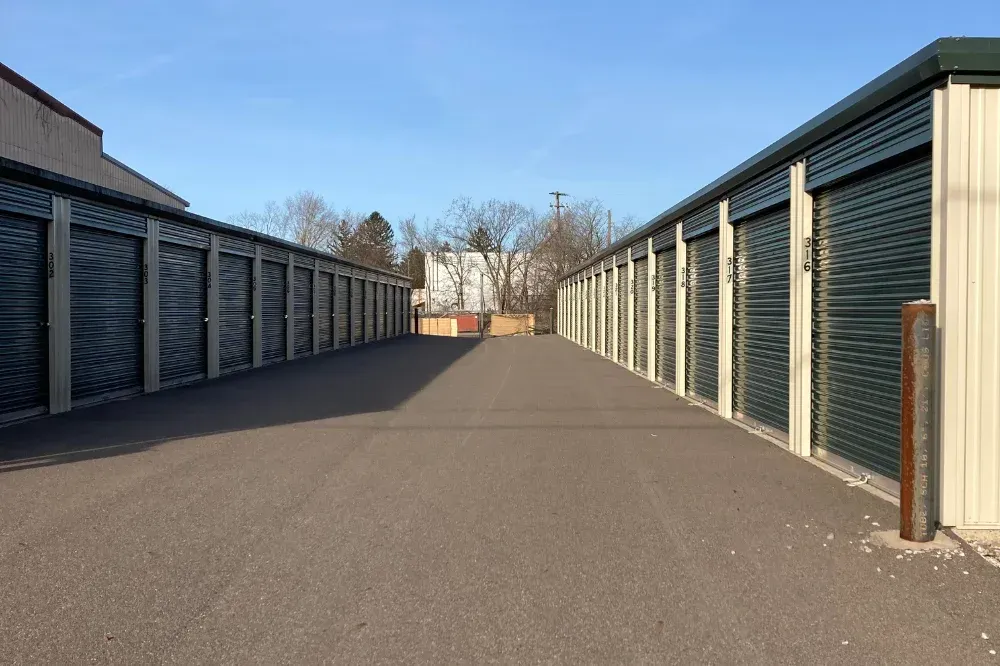How Safe Are Your Belongings in a Self-Storage facility?
How Safe Are Your Belongings in a Self-Storage facility?
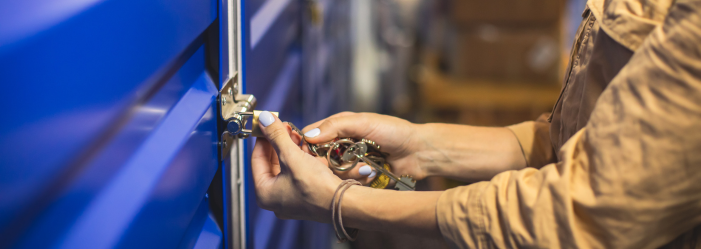
Self-storage facilities have become a crucial part of modern life, offering a reliable solution for people who need extra space to store their belongings. Whether it's seasonal equipment, business inventory, or personal treasures, a storage unit provides a safe space for storing items when home storage simply isn't enough. However, with the increasing reliance on these facilities, an essential question emerges: how secure are self-storage units?
As the demand for storage grows, so does the need for robust security measures. For individuals storing valuable, sentimental, or irreplaceable items, peace of mind is paramount. Fortunately, self-storage facilities today use a combination of advanced technology, physical security features, and on-site staff to safeguard their tenants' goods. This article explores the multiple layers of security that modern self-storage facilities deploy to ensure your belongings are safe from theft, fire, and environmental damage.
The Backbone of Physical Security in Self-Storage Facilities
- Gated Entry: Restricting Unauthorized Access
One of the primary deterrents against unauthorized access is the presence of gated entry systems at self-storage facilities. These gates, often monitored by electronic control systems or security personnel, restrict entry to authorized users only. Most facilities utilize a combination of key cards, PIN codes, or fobs to grant access.
With gated access, only individuals with the proper credentials can enter the premises, ensuring that potential criminals or unauthorized persons cannot gain easy access. In some cases, the entry point may also be monitored by security personnel, who are trained to assess the identity of those entering and exit the facility.
- Perimeter Fencing: A Deterrent to Intruders
Another essential element of physical security is a sturdy perimeter fence. Most modern storage facilities use high-quality materials such as chain-link or steel fences, sometimes with barbed wire or razor wire placed at the top to prevent scaling. A solid perimeter fence not only serves as a deterrent for intruders but also keeps unauthorized individuals from entering the facility unnoticed. It’s a visible deterrent that adds an additional layer of security to the property.
- High-Security Locks: Protecting the Storage Unit
The lock on your storage unit is another key factor in maintaining security. While a simple padlock might seem like an easy solution, it’s typically not the most secure option, as padlocks can often be cut or tampered with easily. Instead, many self-storage facilities require high-security locks such as disc locks or cylinder locks. These locks are designed to be much more resistant to cutting, picking, or tampering, offering better protection for your unit.
For extra peace of mind, certain storage facilities may even mandate the use of specific high-security locks for tenants, ensuring a uniform level of security across all units. This step eliminates the risk of using easily compromised locks, further protecting your stored belongings.
Surveillance: Keeping Watch 24/7
- CCTV Cameras: An Ever-Vigilant Eye
Surveillance cameras, especially closed-circuit television (CCTV) systems, are among the most widely used security measures in modern self-storage facilities. These cameras are typically placed in strategic locations throughout the facility, covering critical areas such as entry points, hallways, and parking lots. The presence of these cameras acts as a deterrent to would-be thieves, knowing they are being watched.
In the unfortunate event of a break-in, CCTV footage can be invaluable in identifying suspects and providing law enforcement with critical evidence. Modern surveillance systems often store footage for extended periods, so even if an incident occurs long after the fact, footage can still be retrieved for investigation.
- On-Site Security Personnel: Human Vigilance
In addition to digital surveillance, many high-end self-storage facilities employ on-site security personnel to monitor the premises. Security guards conduct regular patrols of the facility, ensuring that all areas are secure and that there are no signs of suspicious activity. They also keep a close eye on security logs to monitor any unauthorized entry attempts or discrepancies in the usual flow of activity.
The presence of trained security personnel adds an invaluable human element to the security system, as guards can act quickly and decisively in the event of an emergency. Their patrols also provide reassurance to tenants, knowing that someone is constantly monitoring the facility.
- Remote Monitoring: Real-Time Security Alerts
Many self-storage companies have embraced remote monitoring systems to enhance the security of their premises. These systems allow facility managers or specialized security personnel to oversee the facility in real-time, even from a remote location. Using advanced technology, these monitoring systems can detect unusual movements, unauthorized access attempts, or other potential security threats.
If any suspicious activity is detected, the remote monitoring team is immediately alerted and can take appropriate action, whether that means contacting on-site personnel, notifying law enforcement, or initiating other preventive measures. The remote monitoring feature adds an extra layer of efficiency, enabling security to respond to potential threats even when they aren’t physically on-site.
Cutting-Edge Access Control
- Electronic Keypads and Smart Locks: Access Made Easy
Gone are the days when traditional keys were the sole means of gaining access to a self-storage unit. Today, many facilities use electronic keypads and smart locks to streamline access and enhance security. These systems allow tenants to enter a personal code or use a mobile app to unlock their storage unit.
Smart access systems offer a host of benefits, including detailed entry logs that allow tenants to track who accessed their unit and when. These logs can be invaluable in case of suspicious activity, as they provide a clear record of all access attempts. Some systems also allow tenants to receive alerts in real-time if someone attempts to access their unit without authorization.
- Biometric Access: High-Level Security for Sensitive Items
For those storing high-value or sensitive items, biometric access control systems offer an additional layer of security. By relying on unique biological traits, such as fingerprints or facial recognition, biometric access ensures that only authorized individuals can enter specific areas or units. This type of system is highly secure, eliminating the risk of unauthorized entry even if someone obtains access codes or keys.
Facilities that store valuable items, such as fine art, documents, or collectibles, often implement biometric access to ensure that only the registered person can access their unit. This is especially beneficial for those who need the highest levels of security.
- Individual Unit Alarms: Alerting You to Unusual Activity
Many modern self-storage facilities take security a step further by equipping individual units with alarms. If someone attempts to tamper with a unit, an alarm is triggered, immediately notifying on-site security or facility management. This ensures that even if a person bypasses the main gate or entry system, they still can't access the unit without triggering a response.
These alarms provide a valuable safety net, offering immediate protection for tenants' belongings and preventing long delays in response times.
Fire and Environmental Safety: Protecting Your Belongings from Natural Threats
- Fire Suppression: Minimizing the Risk of Fire Damage
While theft is a major concern, other threats such as fire can cause irreparable damage to your stored belongings. To mitigate this risk, many modern self-storage facilities are equipped with fire suppression systems. These systems include smoke detectors, fire alarms, and automatic sprinklers, designed to detect early signs of fire and quickly respond to prevent widespread damage.
In addition to these systems, many storage units are built with fire-resistant materials that can prevent the spread of fire, giving tenants extra peace of mind.
- Climate Control: Protecting Sensitive Items
For those storing delicate items like electronics, artwork, or important documents, climate-controlled units are a must. These specialized units maintain a consistent temperature and humidity level, preventing environmental damage such as rust, mold, or mildew. Advanced environmental sensors continuously monitor conditions within the unit to ensure that the storage environment remains optimal for sensitive items.
Tenant Safety: Personal Safety and Best Practices
- Lighting: Ensuring Safe Navigation
A well-lit facility is not only a deterrent for crime but also essential for tenant safety. Adequate lighting in hallways, parking lots, and entry points helps tenants navigate the premises safely, particularly after dark. A well-lit facility provides reassurance that security measures are active, making it a safer place for tenants to access their units.
- Best Practices for Renters
While storage facilities provide extensive security features, renters should also take personal precautions to safeguard their belongings. Some helpful tips include:
- Use a high-quality lock: Opt for a disc lock or cylinder lock to ensure your unit is properly secured.
- Keep access codes confidential: Do not share access codes or lock combinations.
- Visit during business hours: Visiting the facility during regular hours ensures security measures are most active.
- Consider insurance: Insuring your valuable items can provide added protection in case of unforeseen events.
Choosing the Right Storage Facility
When selecting a self-storage facility, security should be a primary concern. Consider asking the following questions before making a decision:
- Does the facility offer 24/7 surveillance and on-site security?
- Are there biometric access control options?
- What type of locks and security systems are in place?
- Is the facility well-lit and surrounded by sturdy fencing?
- Does the facility offer climate-controlled units or insurance?
Conclusion
Modern self-storage facilities offer a wide range of security features designed to protect your belongings. From physical barriers like gates, fences, and high-security locks to advanced surveillance systems, biometric access, and environmental protections, these facilities employ a multi-layered approach to safeguard your items.
While no system is 100% foolproof, choosing a facility with robust security measures can significantly reduce the risk of theft or damage. By conducting thorough research, asking the right questions, and implementing personal security practices, you can ensure that your belongings remain safe and secure in your storage unit.
FAQs
What type of lock should I use for my storage unit?
For maximum security, use high-quality disc or cylinder locks that are difficult to cut or tamper with.
Are self-storage units safe from theft?
While no facility is entirely immune to theft, facilities with comprehensive security measures like surveillance cameras, alarms, and on-site security provide a high level of protection.
How can I make my storage unit more secure?
In addition to using high-quality locks, keep your access codes private, visit during business hours, and consider insuring your valuable items.
Do storage facilities offer insurance for theft?
Many facilities offer insurance, but it’s important to check the specifics of the policy and consider additional coverage for high-value items.
Can I access my storage unit at any time?
Access hours vary by facility. Some offer 24/7 access, while others may have set business hours for enhanced security.
By carefully selecting a storage facility and using available security features, you can rest assured that your belongings will remain safe and secure.

